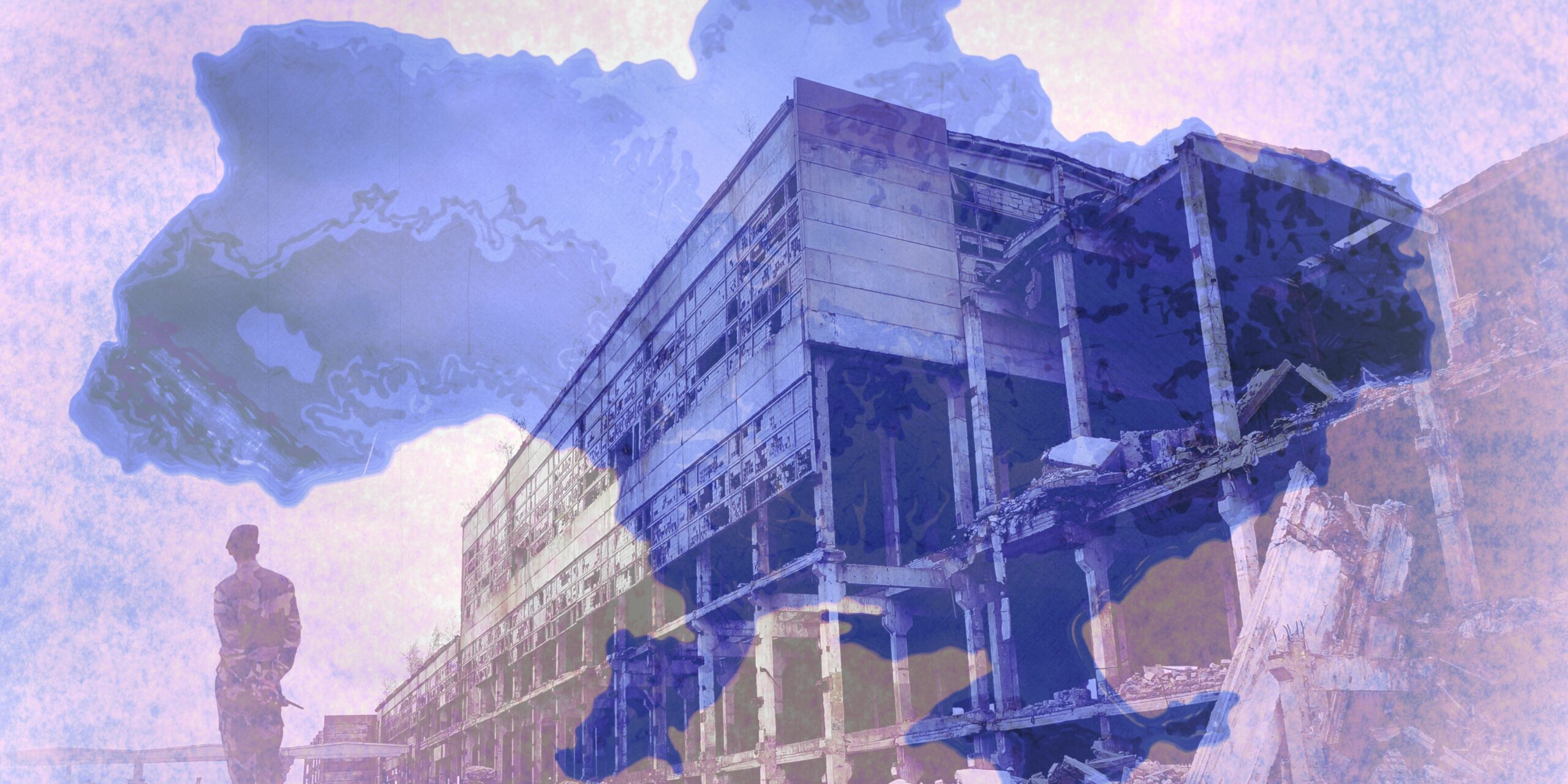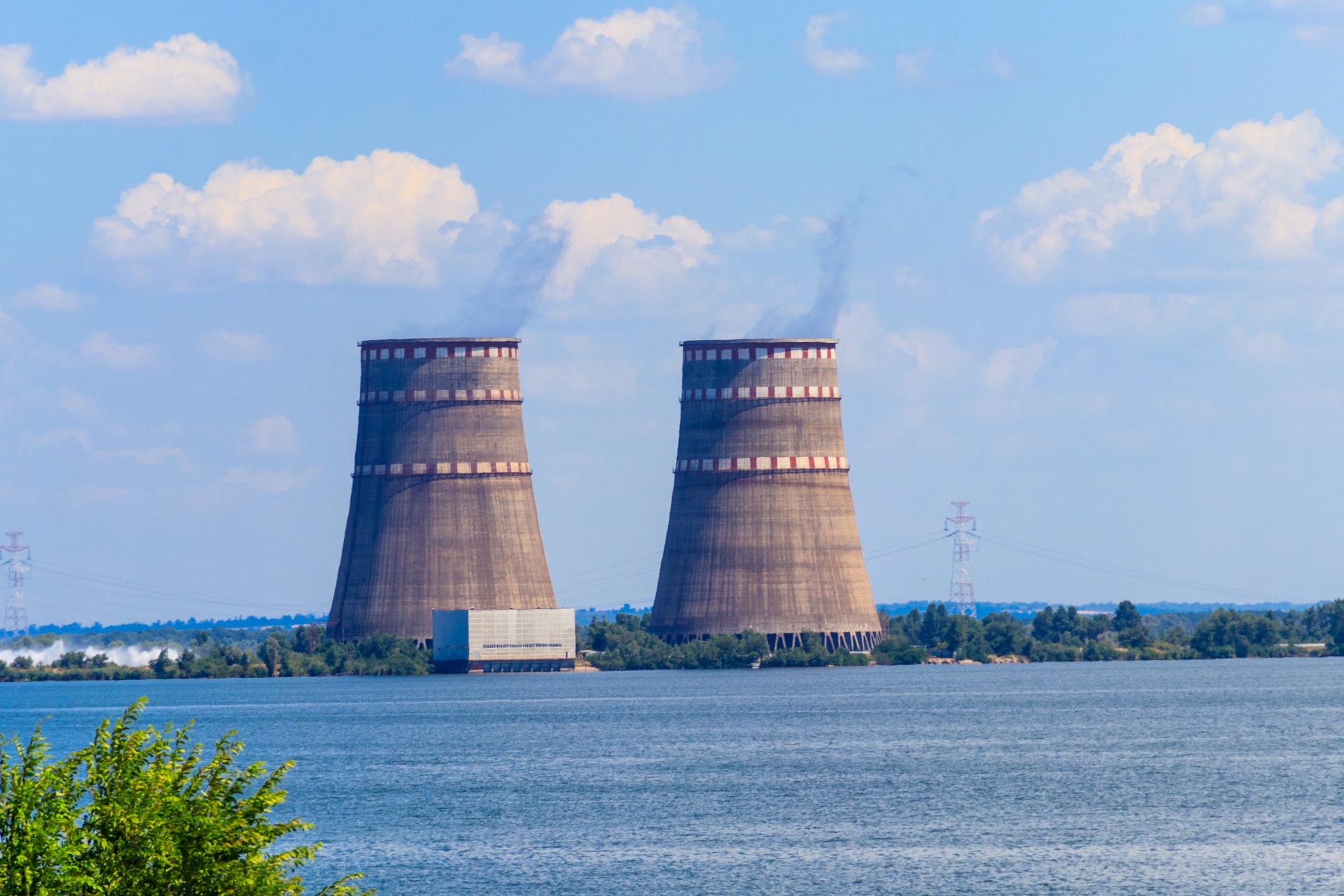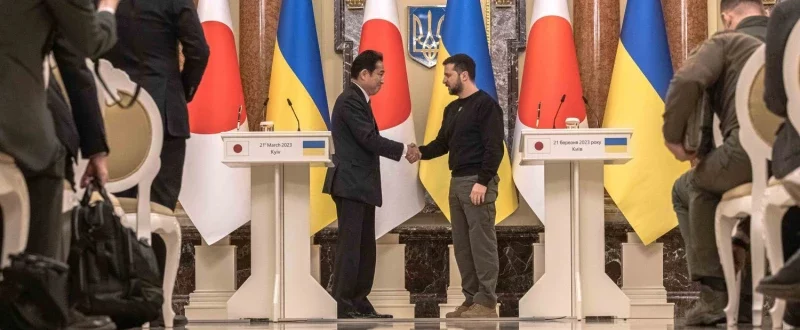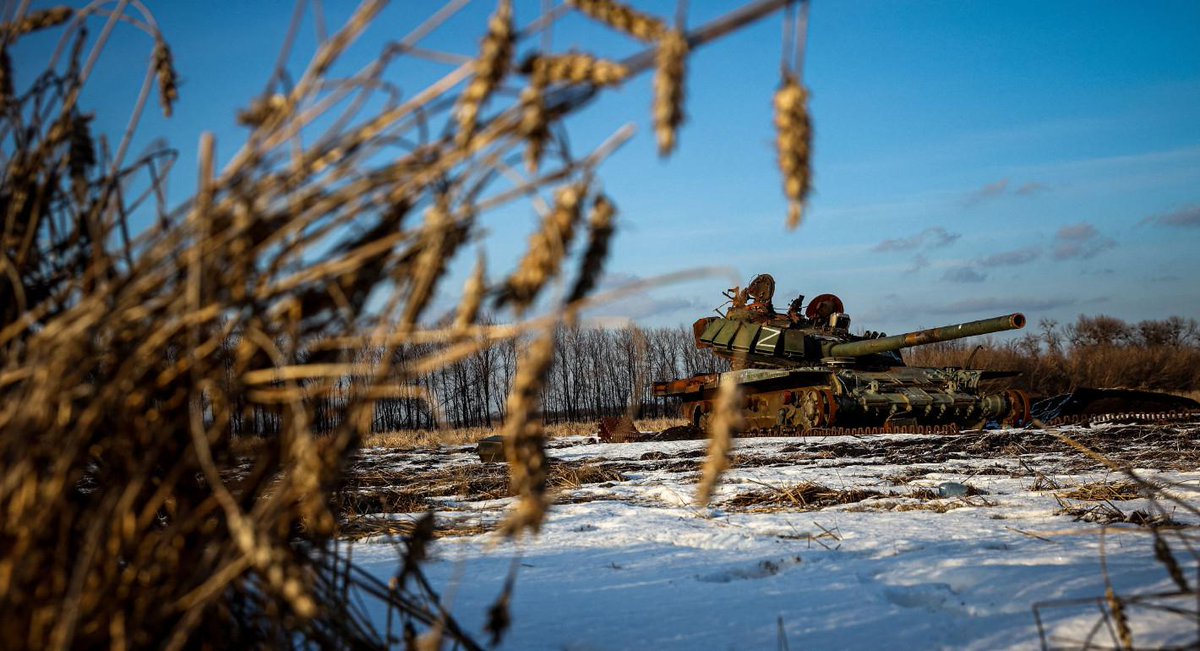A Perspective on the War in Ukraine
The war in Ukraine has been raging for over a year and peace seems to be increasingly elusive. Several cities in Ukraine have been reduced to rubble, over 13.5 million people, that is a third of Ukraine’s population has been rendered homeless, over 8000 civilians have died, and military casualties have exceeded 1,30,000. The Ukrainian economy has been devastated, with its GDP plummeting by over 35 percent. Russia, too, has suffered heavy losses in terms of military personnel and equipment. The Russian leadership and people, however, seem to be ready to sustain the war effort for a prolonged period. President Putin in his address to the Federal Assembly on 21 February 2023, announced that despite the West’s economic sanctions on Russia, the drop in GDP since the start of the war has been only 2.1 percent. Businesses have restructured their logistics with domestic and promising new global markets including the Asia-Pacific taking precedence. The share of the Russian Ruble in international settlements has doubled and exports, including of food grains, have increased.
While India and China, the two major nations that have remained neutral in this conflict, are calling for initiatives for peace, the United States and its North Atlantic Treaty Organization (NATO) allies continue to supply Ukraine with sophisticated weapons, prolonging the war presumably to cripple Russia economically and militarily. The United States is by far the largest provider of military assistance to Ukraine amounting to over 46.6 billion dollars, which as Shlomo Ben Ami, a former Israeli foreign minister writes, is a boon for the American arms industry and for the US Military Industrial Complex (MIC). Eleven NATO countries had taken the ‘Tallinn Pledge to send more arms and ammunition to Ukraine. In the last three months over 1550 combat vehicles and 230 tanks have been given to Ukraine, and crews, too, have been trained. The war in Ukraine is also revitalizing US oil exports as a source of financial influence and geopolitical power. The growth in exports marks the latest milestone in the revival of US oil production after years of dwindling market clout.
On 21 February 2023, a year into the war, President Putin addressed the Russian Federal Assembly saying that the West was using Ukraine as a battering ram against Russia with the goal of “Russia’s strategic defeat,” which meant they planned to finish Russia “once and for all”.9 He has refuted the US Government’s stance that Russia’s actions are unprovoked and unjustified. Despite the United States’ promise of ‘no move east’ in 1991, six former Soviet Republics had been included into NATO between 1999-2004. Attempts to wean away Ukraine led to the wars in Georgia (2008) and subsequently in Crimea (2014), a peninsula which Russia feared would host a US naval base. The Bucharest decision of 2008 to induct Ukraine into NATO and its reiteration at Brussels in 2021, led Putin to emphasise, in a televised interview in January last year, that having a ‘weaponised’ NATO state as a neighbour would be an existential threat to Russia. A month later, the ‘special military operations/invasion of Ukraine commenced.
Russia’s defeat in the war is debatable while Ukraine and its people are facing unimaginable human suffering. Is joining NATO worth this suffering or would signing a treaty of neutrality with both Russia and NATO be a better option? President Zelenski needs to tackle this difficult question.
The US National Defence Strategy, unveiled in October 2022, identifies China as the ‘greatest danger to American security’. Logically then, cordial relations with Russia would have helped the US prevent a Sino-Russo rapprochement and to focus its attention on China. Now, instead, the United States fears potential Chinese war assistance to Russia. The US Secretary of State Antony Blinken recently warned China of serious consequences if it provided lethal equipment to Russia or assistance with systemic sanctions evasion The China-Russia ‘no limits partnership,’ announced prior to the commencement of the war in Ukraine, has enabled China to see its old rival Russia as a partner in its larger goal of reshaping a global order which, it perceives, to be unfairly skewed towards the West. President Xi’s visit to Russia in March 2023 has further cemented this partnership.
A worrisome aspect of this war is the coercive use of nuclear muscle by Russia to shape the environment in achieving its aggressive goals. Or can it be argued that Russia’s nuclear posturing has contributed in containing the conventional war only between the two adversaries and prevented troops of other countries from intervening physically? With mounting NATO pressure and statements on their intention to inflict a strategic defeat on Russia, President Putin announced the suspension of the New START nuclear arms control treaty with the United States. This move by Russia, however, is not really destabilising contrary to what some may argue. The New START requires Russia and the United States to deploy only 1550 operational war heads across their nuclear triads. Even after these reductions, both countries would have approximately 4000 additional undeployed operational nuclear warheads. Suspension of the New START, at least in the short term, therefore does not change the strategic stability equation between NATO and Russia, nor does it increase strategic vulnerability for the United States, United Kingdom or France. Putin’s move can therefore at best be taken as a symbolic step.
Of greater concern, however, is Russia’s decision to deploy non-strategic (tactical) nuclear weapons in Belarus, justifying the move by saying that it was following the lead of the United States which already has TNWs deployed in five other non-nuclear countries. Whatever be the logic, this decision will contribute to strategic instability in the world tempting smaller nuclear armed countries to flaunt low yield tactical nuclear weapons in conventional conflicts. This could result in devastating consequences.
Although it may be highly unlikely for Russia to use nuclear weapons in this war, one can even say that the chances are negligible, even if it is militarily and economically pushed to the wall, which presently is a remote possibility, (in which case it would in all probability, take conventional support from China). This war raises concerns about the security of non-nuclear countries facing nuclear adversaries and their seemingly logical desire to obtain a nuclear deterrent. The war also raises important questions on the relevance of the United Nations, at least in the present time, which has failed to contribute significantly during the Covid pandemic or in the war in Ukraine; on the sustainability of NATO as a military alliance; and on the potential consequences of a China – Russia military and economic alliance in the foreseeable future.
As the world awaits the counter offensive by Ukraine, the prospects of reconciliation and peace are diminishing even further. The outcome of the war will have a crucial bearing on the future of the global nuclear order and strategic stability in Europe and Asia, especially if it pushes Russia further into the Chinese sphere of influence. Meanwhile, for the people of Ukraine who are bearing unimaginable grief and hardship, an early peace is essential.
About the Author
Lt Gen Amit Sharma served in the Indian Army for forty years. His last appointment was the Commander in Chief, Strategic Forces Command (India’s Nuclear Forces). He has commanded a prestigious strike corps, an infantry division and an armoured brigade and has served in conflict zones in India’s western and north-eastern regions. In addition to being an expert on nuclear policy, he has immense experience in defence diplomacy & international relations, having served as the Indian Defence Attaché in France, also responsible for Belgium, Netherlands and Luxembourg. He has also been part of peace negotiations between the Indian & Chinese Armies at the Line of Actual Control. Lt Gen Amit Sharma was awarded the Param Vishisht Seva Medal, Ati Vishisht Seva Medal and the Vishisht Seva Medal, the former two by the President of India for distinguished service of the most exceptional order.
He is currently a Fellow at the office of the Principal Scientific Advisor to the Government of India, a Distinguished Fellow at the United Services Institute, India and the President of the Indian Cavalry Association.
Lt Gen Amit Sharma is a regular speaker in national and international forums on Nuclear Issues, Geo Strategy and International Relations. An alumnus of the National Defence Academy, Defence Services Staff College and Army War College, he has a Masters and M Phil in Management and Defence Studies.
Image: War in Ukraine/ iStock and edited in Canva




